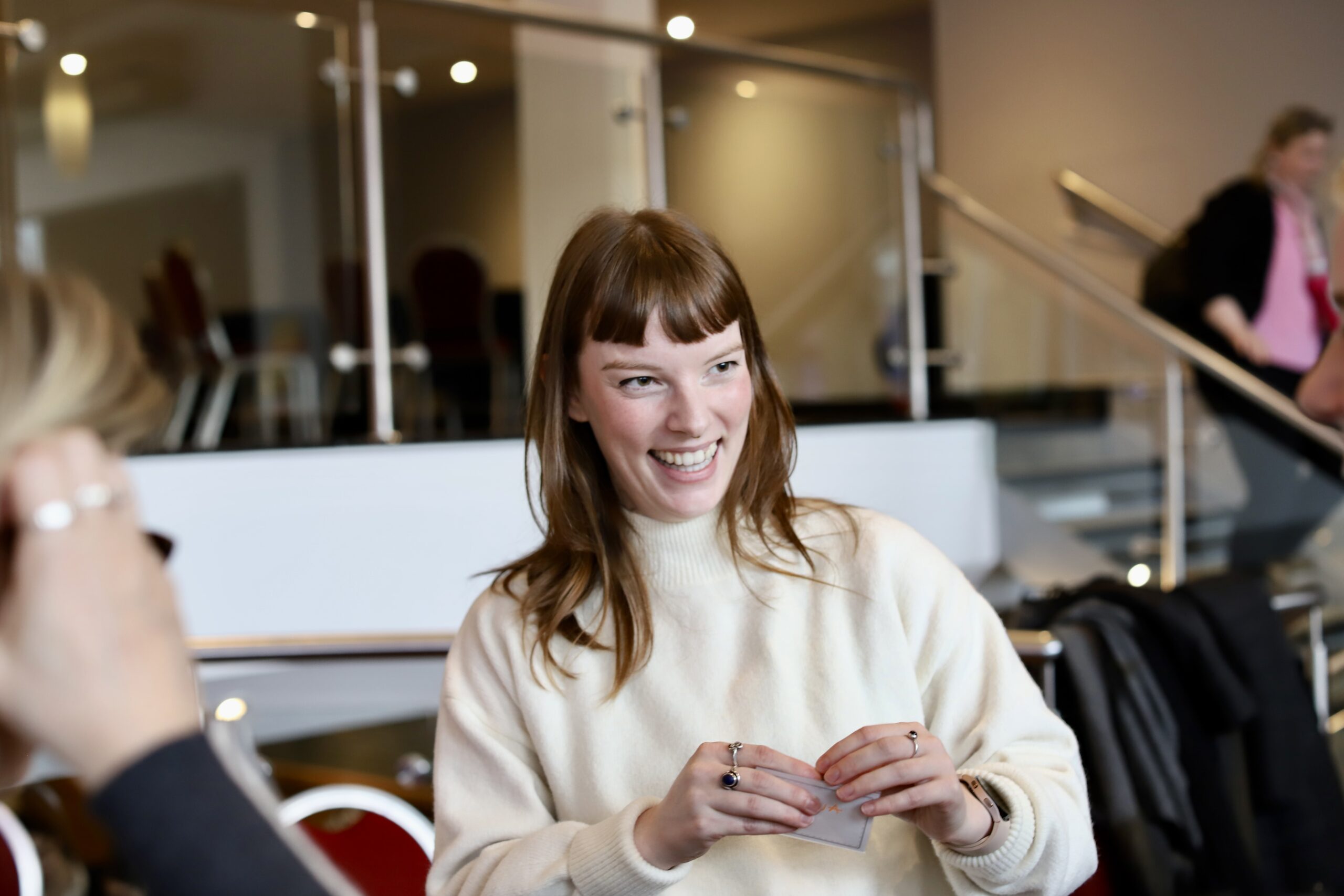Humans of dxw: from publishing to content design

A user-centred approach to content that involved research, learning and iteration seemed like the challenge I was looking for
I grew up in East Oxford, where it was pretty much assumed that you would take a gap year and then go to university. Which I did. I lived in Australia for a few months and then backpacked around Turkey for a few weeks.
When I returned to the UK, I moved to London to study history. I became fascinated with the complex and oftentimes brutal history of psychiatry and went on to study a masters. I loved studying, but after 4 years I was tired of spending so much time in my own head.
I felt like I needed to get out of the academic bubble, but I had no idea what I wanted to do next. Partly because I hadn’t needed to think about it up until this point.
Starting out in publishing
A week after finishing my MA, a friend offered to put me in touch with a medical sciences publisher she was temping for. She was leaving the role and they would need someone to start as soon as possible. I thought it would be sensible to have a full-time job whilst figuring things out so I applied for the job. So began my 7 ½ year career in academic publishing.
And yes, the irony of ‘getting out’ of academia only to go into academic publishing is not lost on me.
Finding my feet
In my temporary role as a production assistant I learnt how to proof articles, manage budgets and chase down permissions. It wasn’t exactly thrilling, but it felt like publishing was a worthwhile industry. Researchers and academics needed to get their work reviewed and published, and we would help them achieve that.
I started to think that getting closer to the editorial side of the business would be more fulfilling. Editors are more closely connected to the content: commissioning, editing and organising peer-reviews.
I changed jobs a few times, each time getting more involved in and closer to content I was interested in. Moving from medical sciences to social sciences, and finally to fashion studies. I spent 5 years working as an editor on academic digital resources for visual arts. Quite the mouthful when someone asks what you do in publishing.
Learning on the job
Working closely with authors (people who are passionate about their subject areas, and experts in their field) was the best part of my job. I was ambitious and wanted to gain experience in different aspects of the role . So I started working on creating new digital resources, speaking to librarians and academics about their needs and how we might meet them.
I learned a lot about content strategy, and commercial aspects of publishing such as licensing, royalties and contracts. And I was lucky enough to work with and learn from some brilliant people. But I was frustrated by the pursuit for profit, and had an uneasy feeling about academic content being kept behind a paywall.
I wanted a new challenge, but felt restricted by having only worked in publishing.
Threads and thrills
Lacking confidence in my professional life, I sought fulfilment outside of work. I had taken up dressmaking after finishing my degree, wanting to do something practical after years of academic critique. I loved getting lost in a project and could spend hours at my sewing machine. Not to mention the smug satisfaction you feel when someone happens to say ‘I like your dress’.
After years of being obsessed with a BBC Two advert, I also started circus training. The adrenaline from clinging to silks 5 metres in the air, or finally nailing a drop, was incomparable. I’d like to say that finding confidence in these hobbies inspired me to try something new in my career. So I will.
Discovering content design
My introduction to content design was Sarah Winters’ blog post ‘What is content design?’. I was instantly intrigued. A user-centred approach to content that involved research, learning and iteration seemed like the challenge I was looking for.
When I saw dxw’s job advert for content designer, it felt like the perfect opportunity. The advert said: ‘You might not feel like you “check all the boxes” but we hope you’ll apply anyway.’ It was the reassurance I needed at that time. The advert itself was a demonstration of great content design principles. It was clear, concise, and showed empathy for the reader.
Since joining dxw in April 2022 I’ve worked on 3 Ministry of Justice projects, including working on accommodation services for people on probation. It seems worlds away from publishing academic articles for fashion students. But in reality the principle is the same: present the right information, in a way your user expects, at the right time.